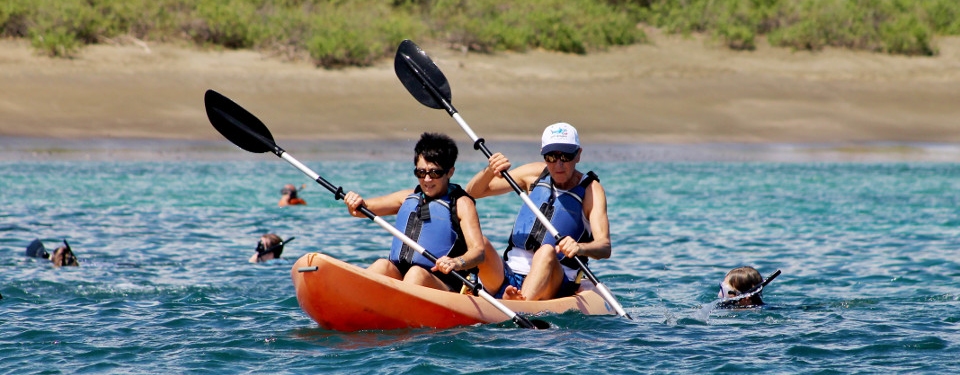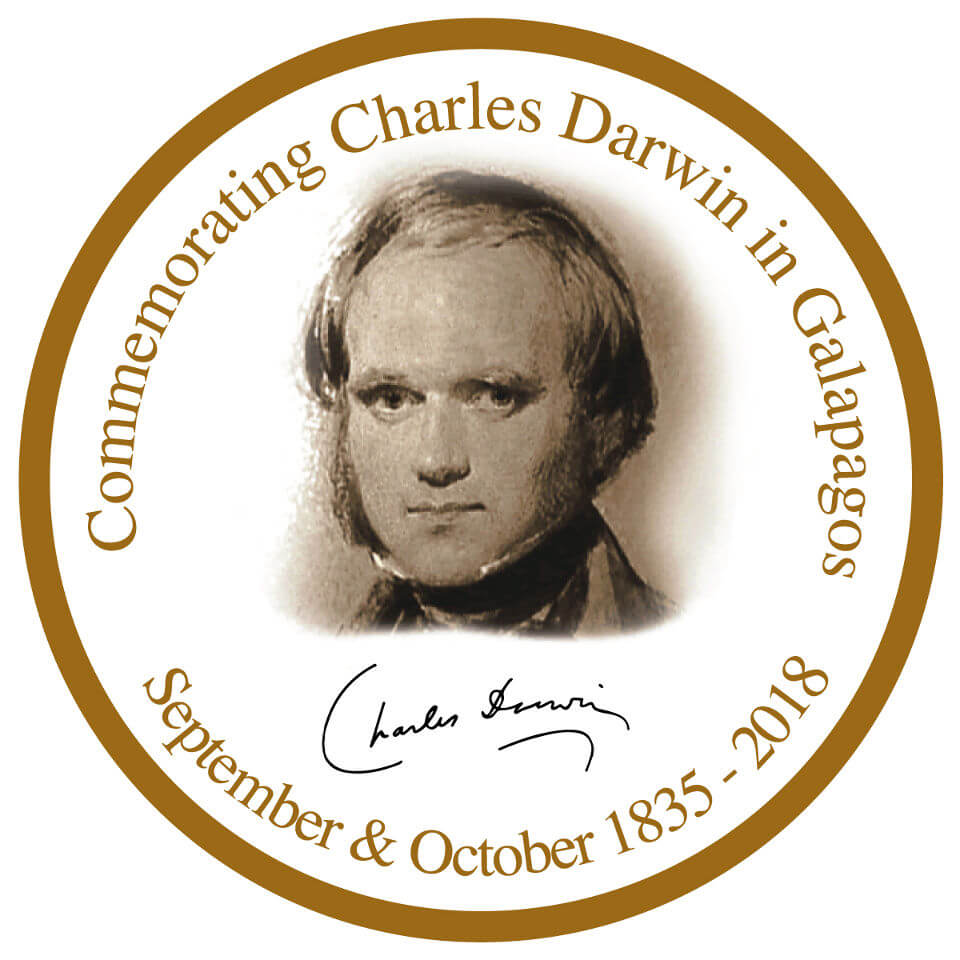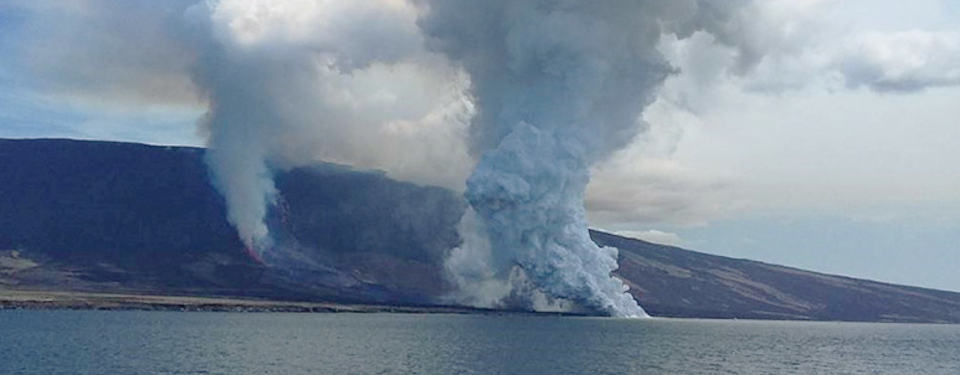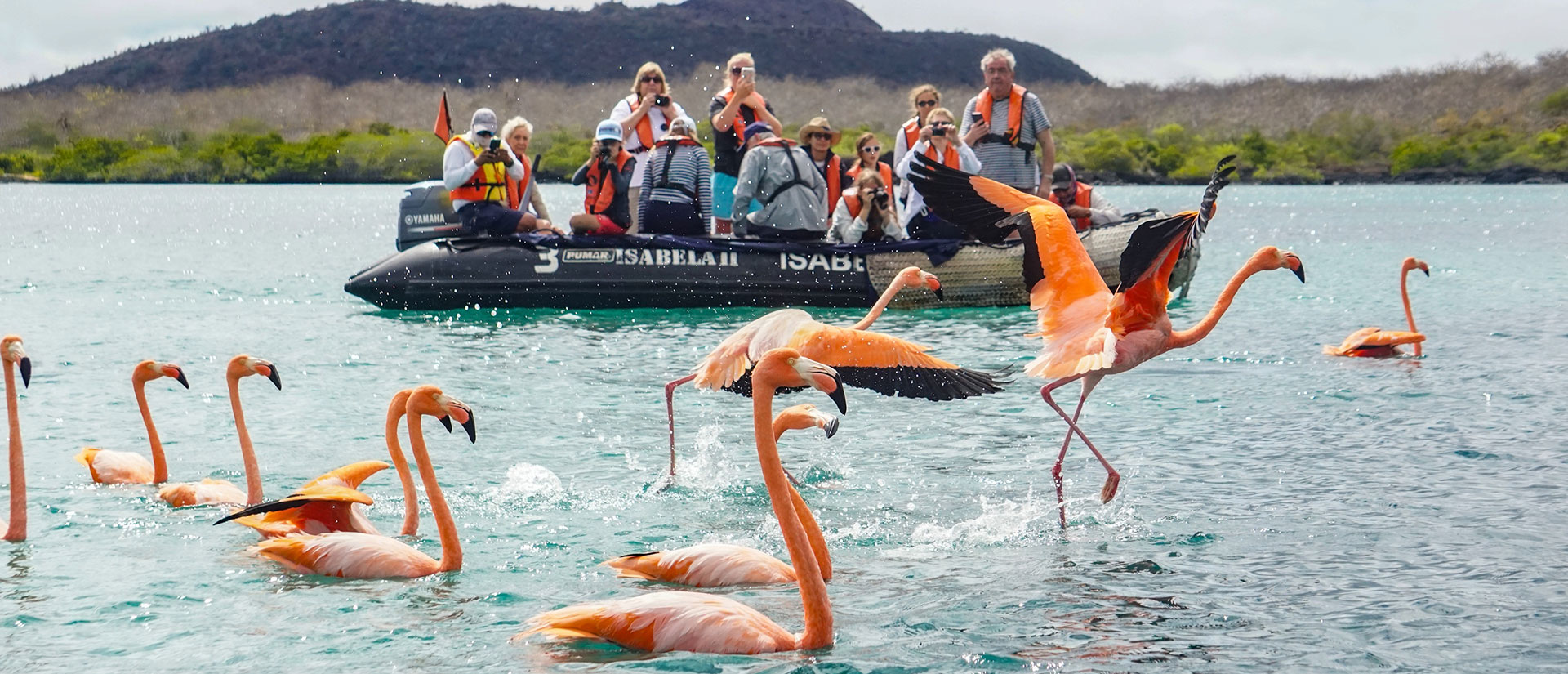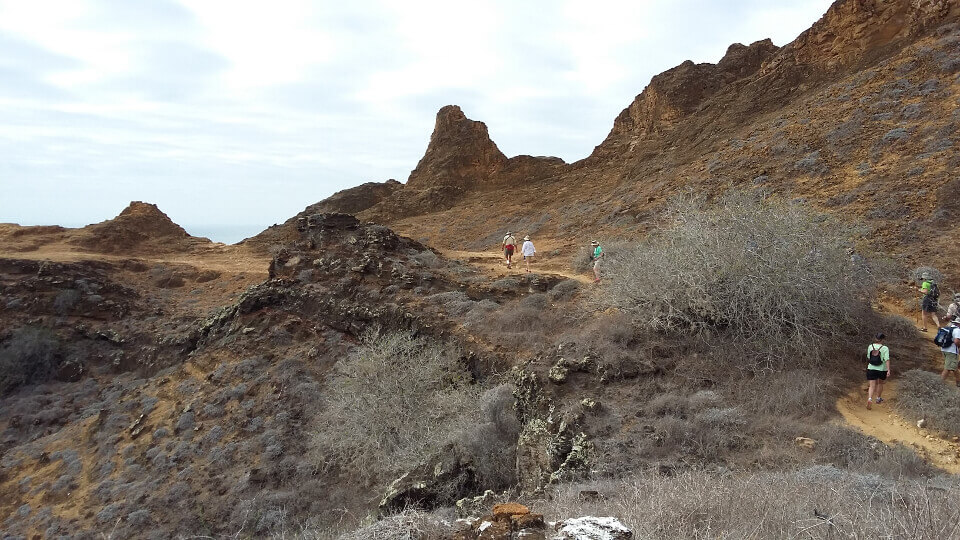
On September 15, 1835, Darwin and the HMS Beagle set off for the Galápagos Islands. They saw Mount Pitt, also known as Punta Pitt, which is located 50 miles out in the open ocean off the eastern edge of San Cristobal Island. After conducting a thorough survey of Hood (Española) Island the next day, Darwin and assistant surveyor John Stokes are given permission to depart and arrive at Stephen’s Bay, Chatham Island (San Cristóbal), on September 18. Darwin finds his initial impressions of Darwin to be utterly delightful: hostile black lava close to beaches with white coralline, encircled by older volcanic structures. Cerro Brujo appears to have been selected as the landing spot. These days, we take our normal itinerary and frequently stop at this breathtaking site.
On a day like this, Charles Robert Darwin, Captain Robert Fitzroy’s official companion, enters Ecuadorian seas and formally arrives at the Galápagos Islands. How amazing it is to celebrate Charles Darwin’s visit to the Galapagos Islands 180 years ago today. Darwin did not particularly like boats, but it was clear that he yearned to set foot on land. Darwin had finally arrived after traveling from Puerto Callao in Perú for almost eight days over rough seas and heavy winds. Perhaps this was a relief, or perhaps it was a dream come true. Darwin had high hopes after reading Charles Lyell’s Principles of Geology, his magnum opus, and he was aware that the islands were volcanic. However, Darwin was most impressed with the local animals.

Till This Day, Many Visitors Will Stop By San Cristobal Where Darwin First Arrived.
First, let’s not forget that the HMS Beagle’s exploration of this region of the world had no bearing on the development of science on the Galápagos Islands. One of the most comprehensive and illuminating marine surveys that the British Royal Navy has ever carried out was led by Captain Robert Fitzroy. Fitzroy was an accomplished mathematician who could create naval maps with more accuracy than anybody else thanks to his computations. Whaling in the Galápagos had tremendous economic promise, but it first required an understanding of the islands’ topography. Having said that, it is simple to see why Fitzroy and Darwin occasionally disagreed: Fitzroy desired to map and study the coastline, while Darwin desired to explore the islands. Gradually, they succeeded in achieving their various objectives.
Most likely not, but it’s a good idea to check around. Recall that he was the one who achieved mastery over the Power of Observation; if you use it whilst exploring the islands, your perspective will alter on what surrounds you. For this reason, going on an adventure across the Galápagos Islands may be eye-opening, thrilling, instructive, mind-blowing, and undoubtedly inspirational. Darwin undoubtedly found inspiration from this place, as evidenced by the writing of his magnum opus, Origin of Species, which he wrote around twenty-five years later and which includes just a few examples drawn from the Galápagos. For this reason, taking a September or October island tour might be the most magnificent way to commemorate Charles Darwin’s 180th birthday on the Galápagos Islands.
We tour the islands now in the same unspoiled manner that Darwin did in 1835. By merely revealing the fascinating idea of observation, the various itineraries enable explorers to increase their contributions to science and humanity. Charles Darwin became an expert at making consistent, deeper, and more detailed observations.
Charles Darwin was given permission to land at different places while the HMS Beagle carried out her surveying mission. Remarkably, he only physically visited four islands: James, San Cristóbal, Isabela, and Floreana. Nonetheless, the ship covered a great deal of ground on the islands, which most likely provided Darwin with a wide understanding of the similarities and differences between the islands and their species. His description of every island as a separate universe was one of his initial findings.
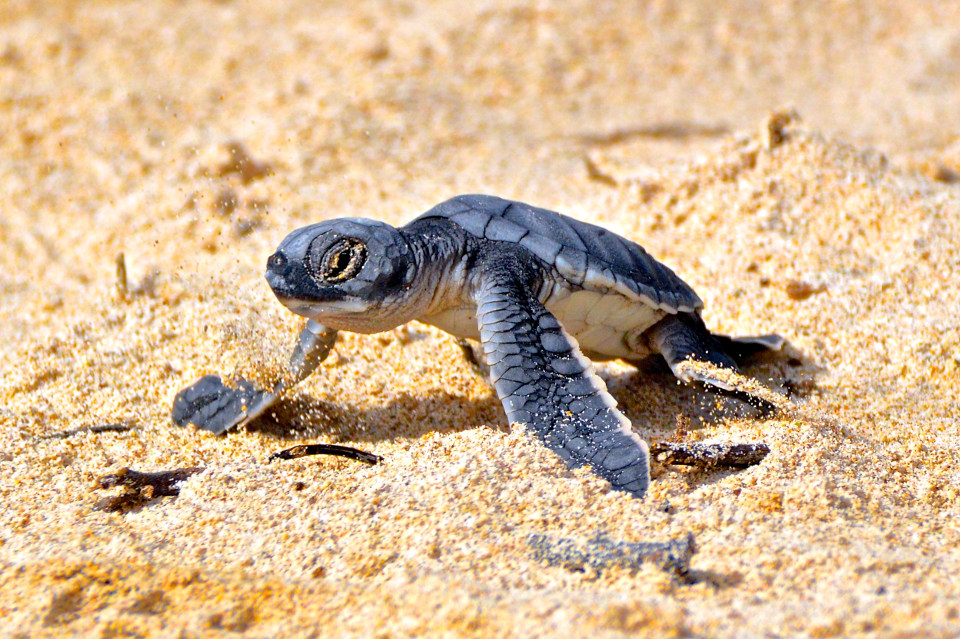
Galapagos Green Sea Turtle Hatching
